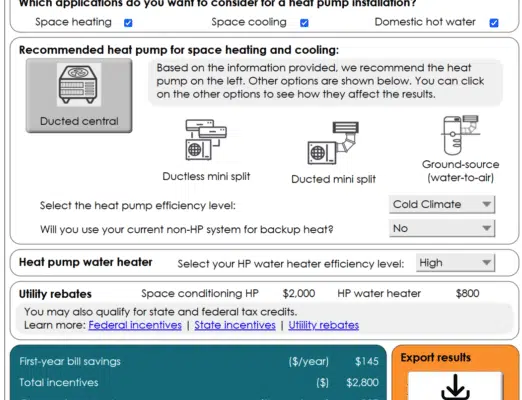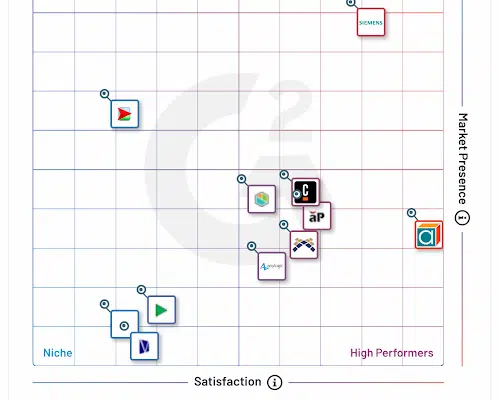Moral pressure to be eco-friendly is certainly one motivating factor for manufacturers to go green. But if going green can be a factor that boosts product popularity and profitability, saving the environment is likely to happen faster too. How much these parameters can influence sales and profits is the subject of a number of reports from consultancy companies. By examining survey results and how respondents assign priorities to different aspects of producing or buying green products, green decision analysis models can be made in Analytica to reflect the parameters involved.

The need to make economic sense
Being green may not be enough to sell a product, especially if there is a price differential that favors the non-green alternative. Aberdeen Group hammers this message home in a paper from 2008 on its survey results. Nevertheless, it also indicates green decision analysis survey results from manufacturers about competitively priced green products. A large percentage (from 23 to 35 per cent) of producers rate such products higher for competitive differentiation and attractiveness to large chunks of markets in which customers want more environmentally friendly products that make better use of natural resources.
The inside story
Sales and marketing advantages aren’t the only ones. Operational costs can be reduced (IBM saved over $370 million by greening energy over 19 years) through business greening. Savings like this have a direct impact on the bottom line or can be used to lower green product prices out to the market. More drivers for the green model and green decision analysis include regulatory threats and pressure from companies like Wal-Mart on their suppliers to do better in the ecology stakes.
The financing angle
Additional input for green business modeling and green decision analysis comes from enterprises that help other enterprises go green. It’s the banking carrot counterpart to the big corporate stick. It’s a way for financial institutions to demonstrate commitment to greening and earn market and customer brownie points (or should that be greenie points?). Citigroup and Bank of America together committed to $70 billion of investment in green projects over a period of ten years.
The investors
Investors can also support or sanction companies according to their level of company greening. While green lobbies exist, many stakeholders simply want to see profit. They will encourage profitable product initiatives and cost-cutting maneuvers, but the degree to which they influence green decision analysis is less clear. Sensitivity analysis in Analytica will already give a first reading about the importance (or not) of this factor.
Analytica models for reference
Many models have already been made using Analytica relating to green decision analysis and business. They range over subjects as widespread as green purchasing, food products and decommissioning oil rigs.
If you’d like to know how Analytica, the modeling software from Lumina, can help you in green decision analysis in practically any field, then download a free trial of Analytica to see what it can do for you.




